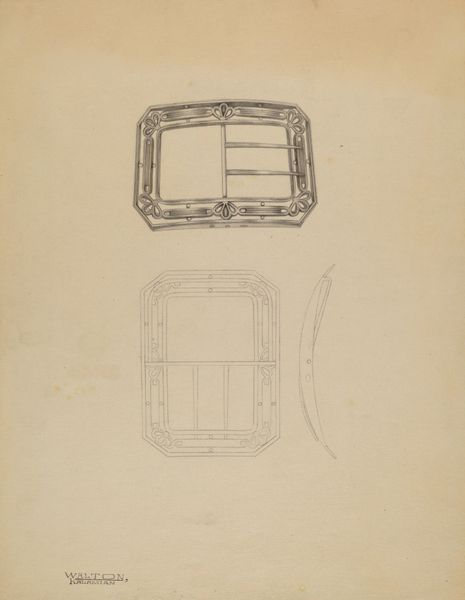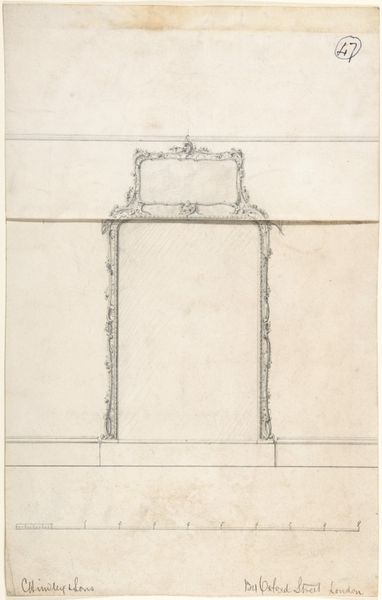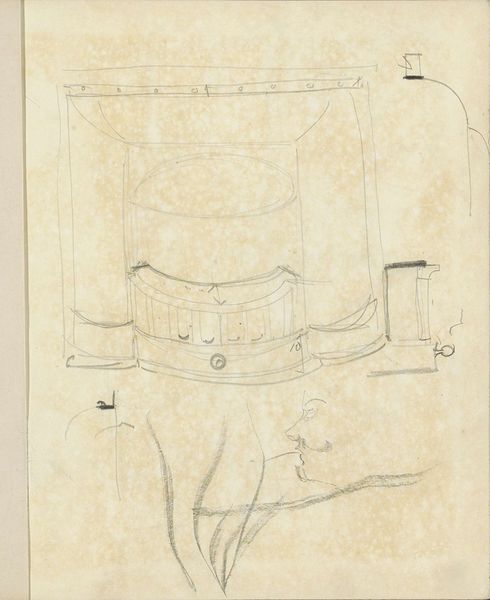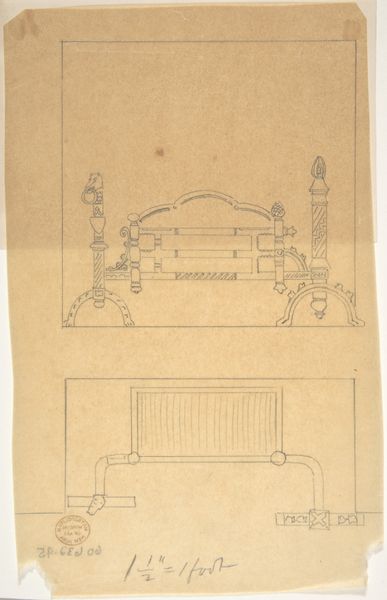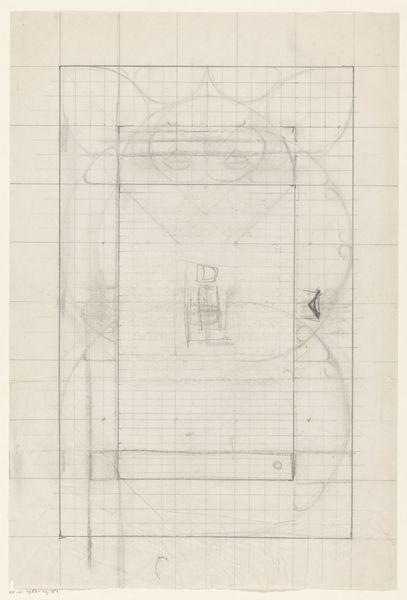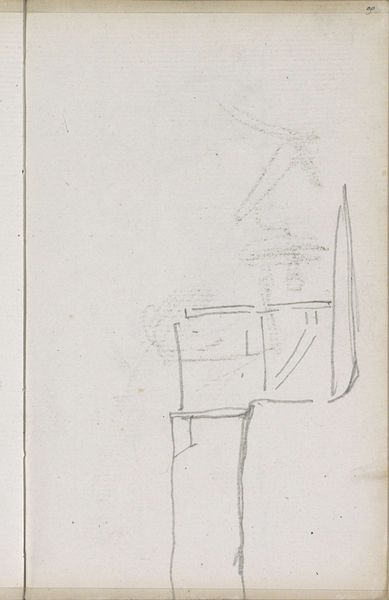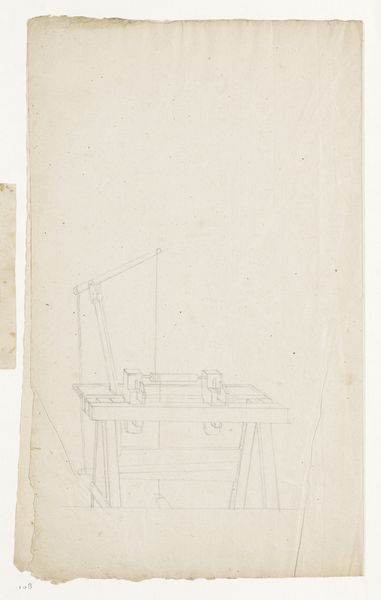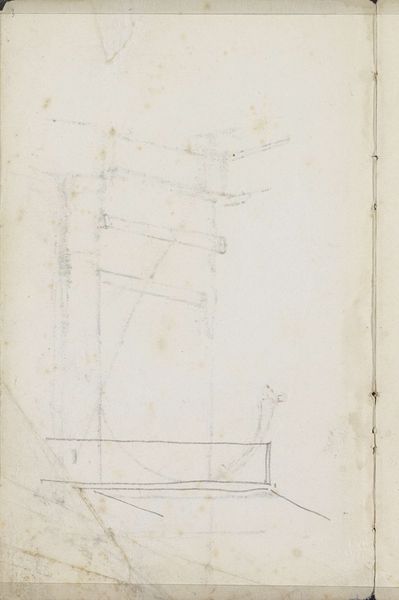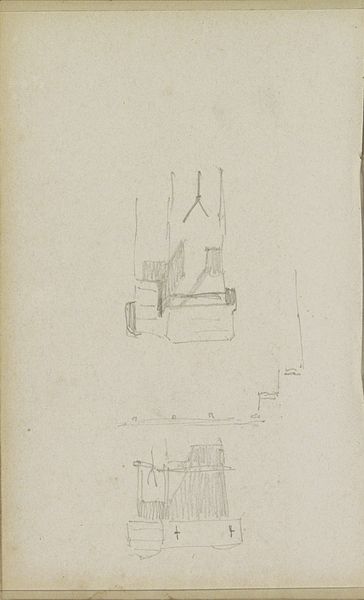
drawing, pencil
#
drawing
#
neoclacissism
#
form
#
geometric
#
pencil
Dimensions: overall: 29.6 x 21.7 cm (11 5/8 x 8 9/16 in.)
Copyright: National Gallery of Art: CC0 1.0
This is John Flaxman's "Design for a Monument," a drawing reflecting the late 18th and early 19th century's fascination with neoclassical forms and memorial art. Flaxman, working during a period of significant social and political upheaval, including the French Revolution and the Napoleonic Wars, channeled the era’s intense focus on remembrance and heroism. The monument features a figure, likely a woman, in mourning. Although lightly sketched, the figure’s posture conveys grief, a theme deeply resonant in a time marked by widespread loss and social change. Representations of women in mourning were culturally loaded, often embodying the virtues of piety, remembrance, and emotional sensitivity. Consider the emotional and social functions of monuments during this period. They served not only as tributes but also as powerful tools for shaping collective memory and national identity. Flaxman’s design prompts us to reflect on how societies choose to remember, and the roles assigned to different figures, particularly women, in these acts of commemoration.
Comments
No comments
Be the first to comment and join the conversation on the ultimate creative platform.

